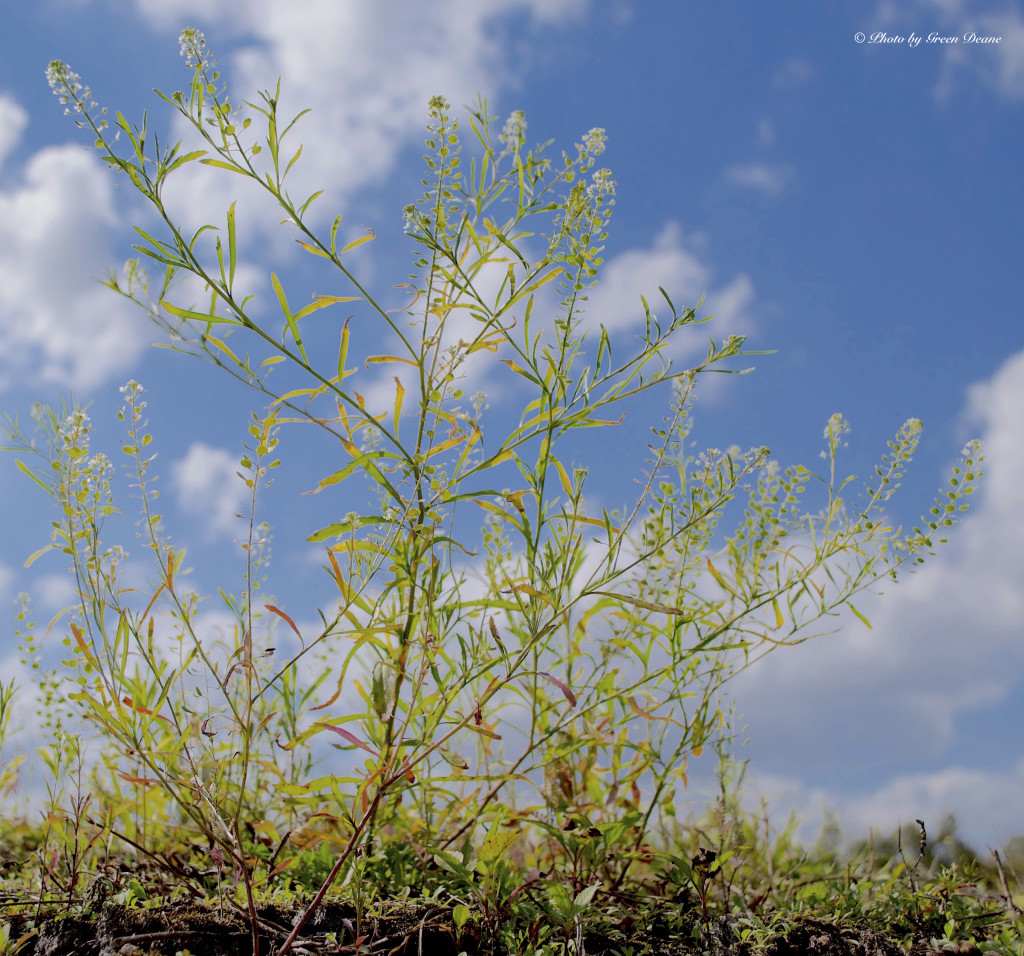
Poor Man’s Pepper Grass is quite common now. If the leaves were larger and the seeds heart-shaped it could be Shepherd’s purse, also edible. Photo by Green Deane
Near my dentist’s office there is a dry drainage ditch. As it is on a hill it’s there to collect and hold rainwater to slow down erosion. Shaped like a right angle, it is perhaps 400 feet long in total. As I was early yesterday for my scheduled torture I went wandering down the ditch. Food is where the water is and where the rain carries seeds. There was Wild Geraniums — barely edible — lots Sheep’s Sorrel, numerous Common Sow Thistle, a mother load of Western Tansy Mustard — there isn’t an Eastern Tansy Mustard — Spanish Needles, Plantains, a young Paper Mulberry — no adult in sight — pods from the wrong kind of ear tree, Poor Man’s Pepper Grass — pictured above — and Pellitory. While it is the right time of year and it was the right place it does demonstrate you don’t have to travel to a distant state park to find forgable food.
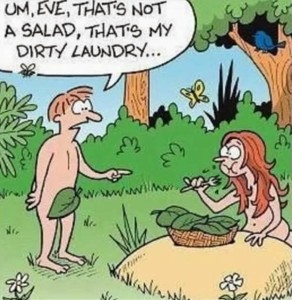 It’s that strange time of year in Florida. Will it be 38 tomorrow or 83? And if we’re going from one temperature to the other — the direction is not too relevant — it will probably rain. Now days we can look at the forecast and stay inside. We have food in the pantry. In the past, though, if you didn’t forage you didn’t eat. Only weather that was worse than your hunger kept you from foraging. We have the luxuries of extra food and not having to go out in bad weather… which reminds me of Eastport, Maine, not far from where I grew up. In the last 20 days it’s had 99 inches of snow. Might as well get one more dusting and call it 100. Once when I was in school we had a storm that snowed us in for three days. That was the year you could jump off the roof into the snow and not bottom out. Another time an ice storm covered the snow so thick that you could skate for miles across the fields on the snow and not break through. Once it was so cold the schools had to shut down for the week. They couldn’t keep them warm. That is weather you don’t forage in. But here in Florida my foraging classes are only called off because of accident, injury or hurricanes. My upcoming schedule:
It’s that strange time of year in Florida. Will it be 38 tomorrow or 83? And if we’re going from one temperature to the other — the direction is not too relevant — it will probably rain. Now days we can look at the forecast and stay inside. We have food in the pantry. In the past, though, if you didn’t forage you didn’t eat. Only weather that was worse than your hunger kept you from foraging. We have the luxuries of extra food and not having to go out in bad weather… which reminds me of Eastport, Maine, not far from where I grew up. In the last 20 days it’s had 99 inches of snow. Might as well get one more dusting and call it 100. Once when I was in school we had a storm that snowed us in for three days. That was the year you could jump off the roof into the snow and not bottom out. Another time an ice storm covered the snow so thick that you could skate for miles across the fields on the snow and not break through. Once it was so cold the schools had to shut down for the week. They couldn’t keep them warm. That is weather you don’t forage in. But here in Florida my foraging classes are only called off because of accident, injury or hurricanes. My upcoming schedule:
Foraging Classes: Sunday, February 22nd, Mead Garden, 1500 S. Denning Dr., Winter Park, FL 32789. 9 a.m. March 7th, Wekiva State Park, 1800 Wekiwa Circle, Apopka, Florida 32712. 9 a.m., March 8th, John Chestnut State Park: 2200 East Lake Road, Palm Harbor, FL 34685, 9 a.m. March 21st Wickham Park: 2500 Parkway Drive, Melbourne, FL 32935-2335., 9.a.m. March 22nd, Dreher Park, 1200 Southern Blvd., West Palm Beach, 33405. 9 a.m. April 5th, Bayshore Live Oak Park, 23000 Bayshore Rd., Port Charlotte, FL 33980, 9 a.m. For more information or to sign up for a class go here.
The following guest article is by Mike Conroy.
Of Bees, Butterflies, and Moths
What, you might ask, do bees, butterflies, and moths have to do with foraging? Well, nothing, and everything. You see, many plants require pollinators in order to reproduce, and reproduction is everything to foraging. Without reproduction, we would have anything to forage. Bees, butterflies, and moths (and wind, rain, and bats) are all pollinators. This includes both the honey bee, which was imported from the “Old World” European countries, as well as native bees, such as the bumble bee. And, since these insects pollinate our edibles, they deserve a mention in our newsletter.
We are all keenly aware and welcoming of the varied and colorful butterfly in our communities, our yards, and our gardens. They don’t bite and they don’t sting. They are pleasantly colorful and, in our hurried lives, lend a thought to a slower life drifting on the currents of time. And while they do pollinate, they are not as efficient as bees. Moths are often considered a nocturnal (night time) traveler, seldom seen during the day. But did you know that some moths are day fliers? And they, too, are pollinators, regardless of their time to be up. While butterflies typically, but not always, seek out brightly colored red, yellow, orange, purple, and etc. flowers with mild sweet smells, moths tend toward less colorful flowers with stronger, sweet, odors. And, like butterflies, are not good pollinators of our favorite plants.
Bees are defined as being insects with, shall we say, fuzzy hairs on their bodies. They have been around for some 65 to 120 million years. And they have been a major pollinator for most, if not all, of their existence. During this time, some plants have come to rely on bees as their only source for pollination, and thus for their existence. One of our favorite nuts, the almond (though for you who are in the know, the almond is not really a nut), comes to mind. We rely, whether we know it or not, on bees to provide our food. It is estimated that 4 out of every 5 foods we eat, at some point, require pollination by bees.
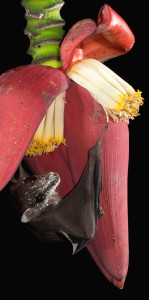
A bat pollinating a banana. They also visit kapok trees. Photo by Merlin Tuttle.
So why do people kill bees? Well, they sting, of course. And who, besides the beekeeper, ignores a stinging insect? But, did you know that less than 1 of every 4 “bee stings” is really a bee sting? A study in a California emergency room found that over 3/4 of all bee stings are really wasp and hornet stings. Further, bees, and especially honey bees, do not like to sting. It is their last – literally last – resort. With the exception of the queen bee, a bee dies shortly after stinging because it rips its stinger out of its body when it pulls away, leaving the stinger in you. Queen bees are the only bee that can sting multiple times, and they are seldom found outside the beehive. By the way, bee drones – the male bee – do not even have a stinger. And there are a few stingless bees to boot. So why do bees sting if they are going to die anyway? The most common reason is they are protecting their home, the beehive. But, they will sting if you step on them or otherwise threaten their life, as in swatting at them. Other triggers for stings are certain perfumes and scents. While many question why these perfumes cause the sting response, personally, I suspect that some of the “flavors” of the perfumes mimic certain chemicals in the scent of a skunk – a raider of beehives.
Foraging bees, those you see in your yard or on flowers, are usually too busy collecting nectar and pollen to think about stinging. So next time you see a bee, even if it is crawling on you, it is probably better to say hi and calmly let it alone. It will soon leave without even saying goodbye. Oh, and one other interesting thing about bees; while they won’t remember you later, they have great facial recognition. In other words, they can tell one person from another, just on their facial features.
Now, back to foraging. Honey has been foraged for thousands of years by humans. But, unless you are willing to suffer a multitude of stings, this is best left to the experts. Still, no conversation about bees would be complete without a bit on honey.
Honey, as you buy it from the grocer, is usually not in its natural, raw state. It is often heated, sometimes pasteurized, and on a rare occasion, is adulterated with products like high fructose corn syrup. Usually, with the exception of adulteration, this is done to present the honey in a marketable fashion, meaning in its liquid form – people don’t like to buy crystallized honey; or in the case of pasteurization, to make it safe for human consumption. By heating honey, it limits the crystallization of the honey, something that is a normal process in honey. Heating also alters some of the sugars found in honey, and additionally destroys some of the enzymes contained in honey. Many of these enzymes aid in the digestive process of honey, but are not required to be present as your body produces these enzymes. So, if you want honey as it is found in the beehive, you must either find honey labeled “raw”, or purchase it from a known source.
One thing is certain though, without bees, butterflies, and moths, our world of greens would be vastly different. When you see them, give pause in wonderment to the intricate ways the world around us works.
The Florida Herbal Conference is our next big event, February 27th to March 1st. I’ve taught edible plants there for the last three years and will be there again this year. It’s a must for all southern herbalists and well as those northern ones who want to escape freezing cold and study their craft in the dead of winter. It always has interesting speakers and great classes. While there is some cross over between Earthskills and Herbalism the conferences are sufficiently different to justify attending both. For more information and to register go here.
In nearly every class and daily on-line I am asked if I can identify a plant if a picture is sent to me. I say I will try and also suggest the sender join the Green Deane Forum. There’s a UFO page there, Unidentified Flowering Objects. On the forum we chat about foraging — and other topics — every day along with techniques to harvest and use the bounty you have found. And it’s not just about Florida or the southeast. There are members from all around North America and the world. The link to join is on this page just to the right of this article. You do have to pick a screen name and the forum let members private message each other. There are only three rules: Keep it civil, keep it clean, and try to avoid mentioning Wikipedia (which Green Deane has a significant dislike for.) Recent topics include Golden Rod’s Edible? Fire Roll, Wahoo Bark, Eating Bitter Foods, Witches Butter, Braiding Natural Cordage, Smilax-Asparagus alternative, Loquats Pie and Grappa, Wild Possum Grape Jelly, Young People Want Healthier Food, Leather Root? Horsemint, and Gnarly Mushroom.
Can you identify these winter tree/shrub buds. Photo courtesy of Kew The Botanist.

18 Tree and Shrub Buds for you to identify. To enlarge click on the picture. If still too small click on the link above. Here’s the key: 1. Ash 2. Maple. 3 Birch. 4. Alder 5. Elderberry 6. Hazel 7. Beech 8 Horse Chestnut 9. Rowan 10. Oak 11. Basswood 12. Lilac 13. Hawthorn. 14. Blackthorn 15. Larch 16. Sycamore 17 Dog Rose. 18 Elm
If you would like to donate to Eat The Weeds please click here.


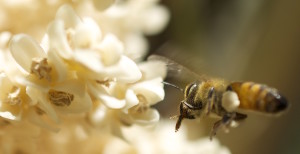
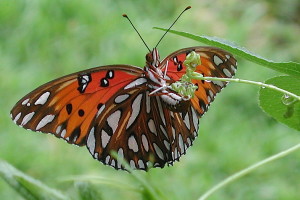
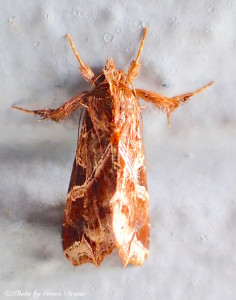
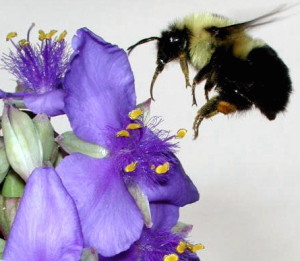
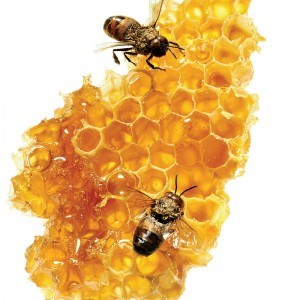
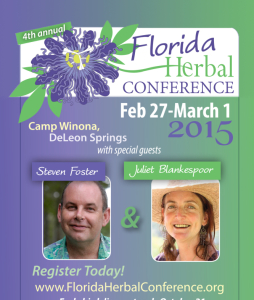


Cool twig picture.
JOhn S
On Wednesday, Feb.,2015 temperature here reached 40 C – 72F . That was what I was telling my son, who and his family were enjoying skating somewhere in west USA. I could’nt even leave my room to water the plants outside fearing of getting sun burn not to mention foraging. Once it was “If you did’nt forage, you did’nt eat”; in my case, under my codition I prefer staying inside fasting till evening to going outside.
The picture reminds me of what I sometimes attempt to aggravate my wife by advising her to look at matters carefully before going to judgement as, I think , most women do’nt. Interestingly, women in Sudan today are playing a major part in running the country – suffice to say one is competing for the presidency in the suggested coming election.
Thanks for your honourable author of “Guest Article”. I wish people will benefit from this kind of synergism of those pollinators: Bees, Butterflies, Moths and others including Ants and Birds . We, as humans to live together happily, need to copy from mother nature taking in consideration that we are an important section in contributing to improvement of the environment we live in.
The butterfly looks more like a Viceroy(Monarch mimicry) than a Gulf Fritillary.